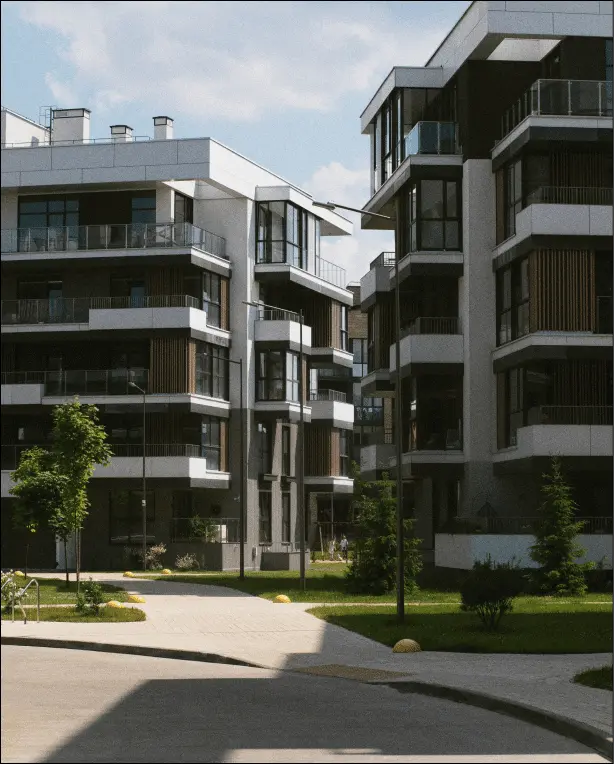Heating Replacement is a crucial home maintenance task that many homeowners will have to tackle at some point. Whether your old heating system has become inefficient, unreliable, or simply reached the end of its lifespan, replacing it can improve your home’s comfort and energy efficiency. However, this is not a task to be taken lightly, as it involves multiple steps and considerations. In this article, we will provide you with a comprehensive Heating Replacement checklist to ensure a smooth transition before, during, and after the replacement process.
Before Heating Replacement
Before diving into the Heating Replacement process, it’s essential to take some preliminary steps to ensure you make informed decisions. First and foremost, assess your current heating system’s condition and performance. According to the U.S. Department of Energy, heating accounts for about 42% of the average American household’s utility bills. If your system is old and inefficient, it could be costing you even more. Consider the following:
- Energy Efficiency: Check your existing system’s energy efficiency rating. If it’s below current standards, you’re likely wasting money on heating bills.
- Age of the System: The average lifespan of a heating system is about 15-20 years. If yours is nearing this age, it’s time to think about replacement.
- Maintenance History: Review the maintenance history. If your heating system has required frequent repairs in recent years, it may be more cost-effective to replace it.
During Heating Replacement
Once you’ve decided to replace your heating system, it’s time to take action. Hiring a qualified HVAC professional is essential to ensure a successful replacement. Follow these steps:
- Select the Right System: Work with your HVAC technician to choose the most suitable heating system for your home. Consider factors such as your home’s size, insulation, and your specific heating needs.
- Energy Efficiency: Opt for an energy-efficient heating system. According to the Environmental Protection Agency (EPA), energy-efficient systems can reduce your energy bills by up to 20%.
- Professional Installation: Ensure that the replacement is performed by a licensed and experienced HVAC technician. Proper installation is critical for the new system’s performance and longevity.
After Heating Replacement
Once your new heating system is installed, there are a few more steps to follow to ensure its efficiency and longevity:
- Regular Maintenance: Schedule regular maintenance to keep your new heating system running efficiently. According to the U.S. Department of Energy, well-maintained heating systems can operate up to 25% more efficiently.
- Programmable Thermostat: Consider installing a programmable thermostat. This can help you save on heating costs by allowing you to adjust the temperature based on your schedule.
- Monitor Energy Consumption: Keep an eye on your energy consumption. Modern heating systems often come with smart features that allow you to monitor and control your energy usage, helping you make informed decisions to reduce your carbon footprint.
In conclusion, Heating Replacement is a significant investment in your home’s comfort and energy efficiency. By following this checklist before, during, and after the replacement process, you can ensure that you make the right decisions, save money on energy bills, and enjoy a warm and cozy home for years to come. Don’t forget that professional guidance and regular maintenance are key to maximizing the benefits of your new heating system.



